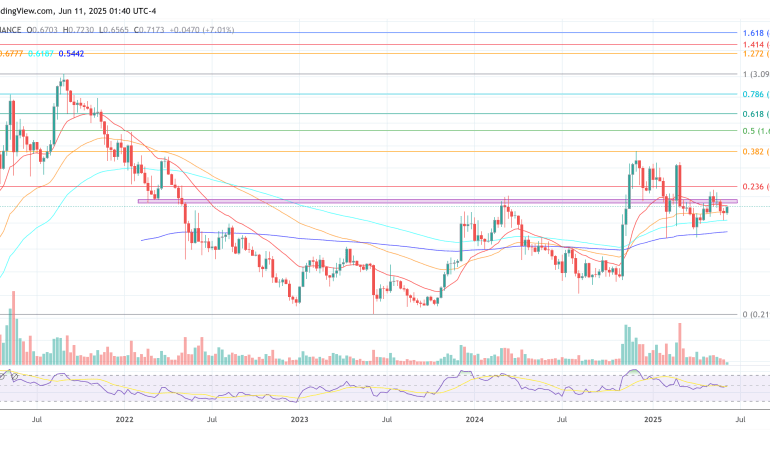Ethereum’s Fusaka Fork: A Major Step Towards Enhanced Security and Scalability
Ethereum, one of the leading blockchain platforms, has recently introduced the Fusaka update on its final testnet, known as Hoodi. This significant milestone marks a crucial phase in the evolution of Ethereum, as the network gears up to implement several enhancements that promise improved security and scalability for its mainnet.
What is the Fusaka Update?
The Fusaka update is designed to address some of the pressing challenges that have faced the Ethereum network, particularly as it continues to grow in popularity and usage. With the increasing number of transactions, the demand for a more robust and efficient blockchain has never been higher. The Fusaka update aims to bolster the network’s performance and reliability, making it more appealing to developers and users alike.
Key Features of the Fusaka Update
- Enhanced Security: One of the primary goals of the Fusaka update is to improve the overall security of the Ethereum blockchain. By refining consensus mechanisms and implementing advanced cryptographic techniques, the update seeks to protect against potential threats and vulnerabilities.
- Scalability Improvements: With Ethereum’s growing user base, scalability remains a critical concern. The Fusaka update incorporates various solutions to increase transaction throughput, ensuring that the network can handle a higher volume of transactions without compromising speed or efficiency.
- Final Testnet Debut: The launch on Hoodi represents the last testing phase before the Fusaka update is deployed on the mainnet. This testnet has been instrumental in identifying and resolving any issues that might impact the performance of the update once it goes live.
Looking Ahead: What This Means for Ethereum
The successful launch of the Fusaka update on the Hoodi testnet is a promising sign for the future of Ethereum. As the blockchain prepares for its mainnet deployment, stakeholders are optimistic about the potential impacts on both the network’s functionality and its overall adoption.
With these enhancements, Ethereum aims to solidify its position as a leading platform for decentralized applications and smart contracts, attracting more developers and enterprises to build on its infrastructure. The Fusaka update not only addresses current challenges but also lays the groundwork for future innovations within the Ethereum ecosystem.
Conclusion
As we await the full rollout of the Fusaka update, it is clear that Ethereum is taking significant steps towards ensuring its blockchain remains competitive and secure. The improvements brought forth by this update are expected to enhance user experience, increase transaction efficiency, and ultimately, drive greater adoption of the network. Keep an eye on Ethereum as it continues to evolve and adapt in the dynamic world of blockchain technology.



